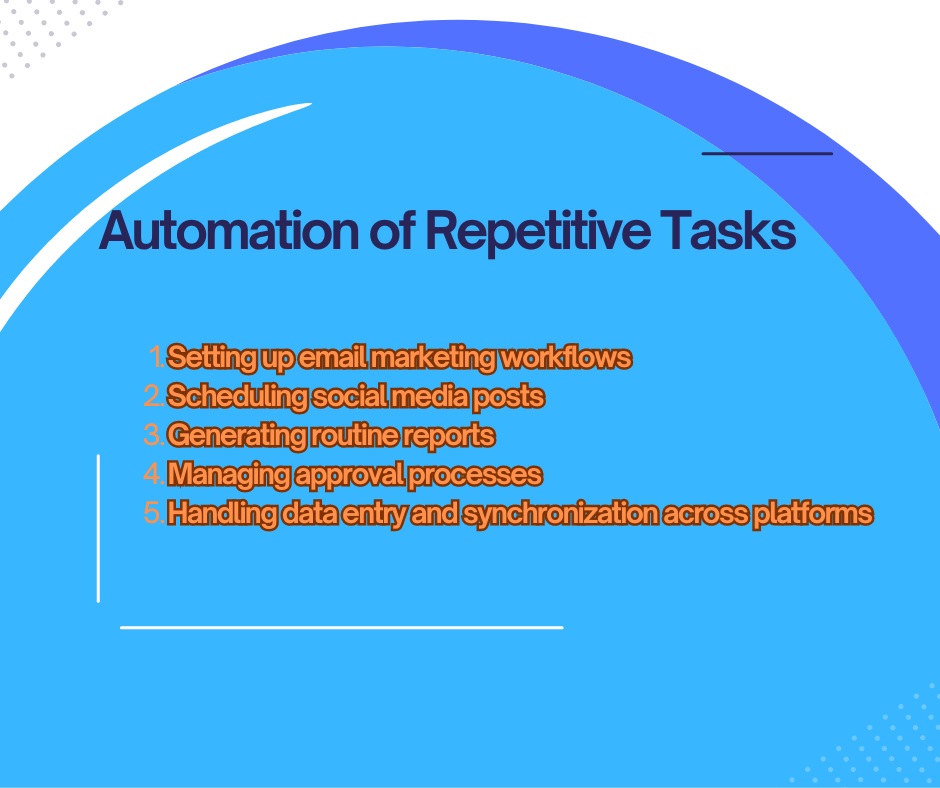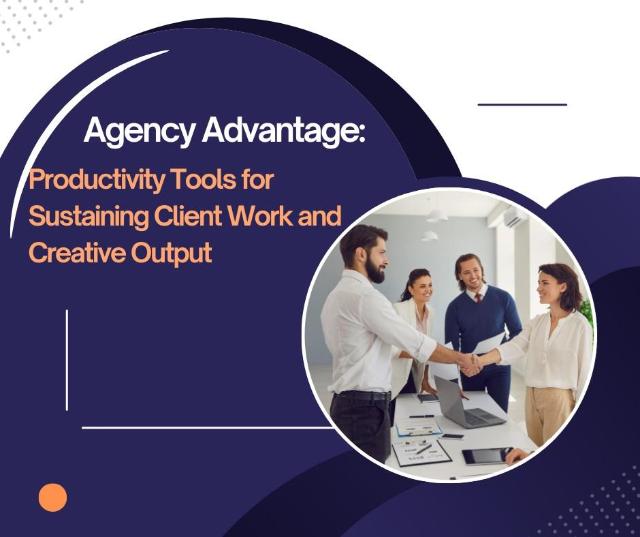Agency Advantage: Productivity Tools for Sustaining Client Work and Creative Output
Balancing multiple client projects while maintaining a high level of creative output can be a daunting task. Agencies across various domains — from creative and design to marketing, web development, and blogging — face the constant challenge of meeting deadlines, exceeding client expectations, and nurturing their team's innovative spirit. This is where productivity tools come into play, offering a lifeline to agencies looking to streamline their processes and boost efficiency without compromising on quality.
The Power of Digital Organization
The digital age has ushered in a plethora of solutions designed to help agencies organize their workflows and manage their time more effectively. These solutions enable teams to create a schedule with ease, often utilizing a weekly planner template as a foundation for more complex project management. By adopting these digital organizational tools, agencies can gain a clearer overview of their workload and allocate resources more efficiently.
Client Management Made Easy
Agencies have a number of difficulties, one of which is managing several customers, each with distinct requirements and deadlines. Productivity tools tailored for client management can help by:
- Centralizing client communication and feedback
- Tracking project milestones and deliverables
- Managing billing and invoicing seamlessly.
Creative Workflow Enhancement
A consistent flow of innovation is essential to an agency's success and reputation. Digital tools have revolutionized the way creative teams work, offering innovative solutions to keep the creative juices flowing. These tools provide inspiration boards and mood-tracking features, allowing teams to collect and organize visual references, color palettes, and design elements that spark creativity and guide project direction.
Moreover, many digital platforms facilitate collaborative brainstorming sessions, enabling team members to contribute ideas in real time, regardless of their physical location. This feature is particularly valuable in today's increasingly remote work environment, ensuring that geographical barriers don't hinder the creative process.
Additionally, these solutions often offer template libraries for quick project starts, providing a foundation that can be customized to meet specific client needs. In addition to saving time, this promotes uniformity between projects and permits creative freedom.
Time Tracking and Resource Allocation
Effective time management is essential for agency profitability. Productivity tools can help by:
- Providing accurate time tracking for billable hours
- Offering insights into team capacity and workload
- Identifying bottlenecks in the workflow
- Facilitating better resource allocation across projects
- Producing reports for charging clients and performance evaluation.
Collaboration and Communication
One of the key features of modern collaboration tools is their ability to facilitate real-time document editing and sharing. This functionality allows multiple team members to work on the same document simultaneously, fostering a truly collaborative environment and reducing the need for time-consuming back-and-forth exchanges.
Additionally, these platforms often enable virtual meetings and screen sharing, making it easy for teams to conduct presentations, brainstorming sessions, or client meetings as if they were in the same room. To support day-to-day operations, many collaboration tools provide chat functions for quick team communication. These instant messaging features allow for rapid exchange of ideas, updates, and feedback, keeping projects moving forward efficiently.
Furthermore, the most effective collaboration solutions integrate seamlessly with other productivity apps, creating a cohesive digital ecosystem. This integration allows for smooth workflows across different aspects of agency work, from project management to time tracking and invoicing, enhancing overall productivity and reducing the friction often associated with using multiple disconnected tools.
Automation of Repetitive Tasks

Agencies often deal with recurring tasks that can eat into valuable creative time. Automation tools can help by:
- Setting up email marketing workflows
- Scheduling social media posts
- Generating routine reports
- Managing approval processes
- Handling data entry and synchronization across platforms.
The Perfect Balance of Creativity and Productivity
While efficiency is crucial, agencies must be careful not to stifle creativity in pursuit of productivity. The key is to find tools that enhance rather than restrict the creative process. Look for solutions that:
- Offer flexibility in workflow design
- Provide visual interfaces for creative thinkers
- Allow for easy adaptation to different project types
- Encourage collaboration and idea sharing.
Measuring Success and ROI
To justify the investment in productivity solutions, agencies need to track their impact. Key metrics to consider include:
|
Metric |
Description |
Importance |
|
Project Completion Rates and Timeliness |
Measures the percentage of projects finished on time |
Indicates efficiency and reliability |
|
Client Satisfaction Scores |
Quantifies client happiness with deliverables and process |
Reflects quality of work and client relationships |
|
Team Productivity and Billable Hours |
Tracks output and time spent on billable work |
Shows team efficiency and revenue potential |
|
Resource Utilization Rates |
Measures how effectively team members' time is being used |
Helps optimize workload distribution |
|
Profit Margins on Projects |
Calculates the profitability of each project |
Ensures financial health and sustainability |
Final Words
In the competitive landscape of agency work, leveraging productivity tools is no longer optional — it's a necessity for sustaining client work and creative output. By carefully selecting and implementing the right mix of solutions, agencies can streamline their processes, enhance collaboration and ultimately deliver better results for their clients.

